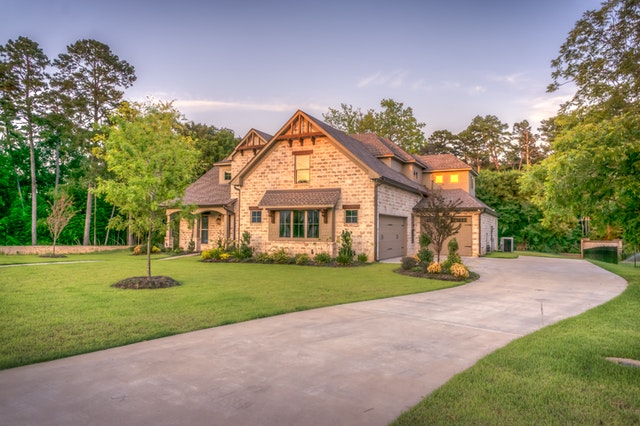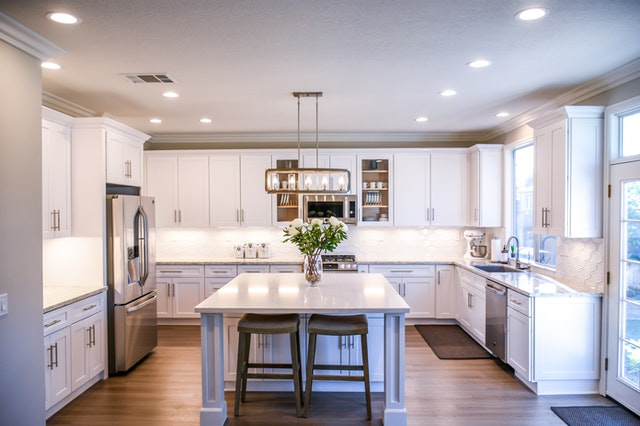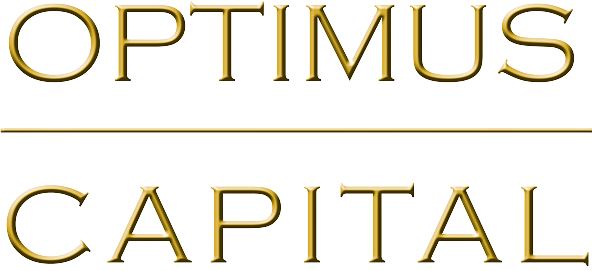In an effort to clear up any misinterpretations or misunderstandings about what hard money is, I’ve decided to send my friends a short summary on types of programs, how it works, and when it should be used. Many people have the wrong interpretation, some are scared away by the higher rates, and many just aren’t sure what it really is. I hope this email will explain all of those for you :)
As the rates have significantly come down over the last few years, and are now at record lows, it is definitely attractive to get a home loan or a home equity line at below 4% rates! However, those products frequently do not work for investment types of opportunities, which require quick closes, ability to close as-is, get 20% down on an investment property, and get the renovation costs financed (without having to go through a 60 day FHA 203k process of course!). Private money purchase loans typically close in 14 days or less, with certain circumstances requiring a 3-5 day closing! Won’t see that from a bank anytime soon.
Asset based lending is exactly that. Instead of focusing on the borrower (although there is still some underwriting involved there also), the loan is based more on the property being financed. Risk works the same way, so typically what you will see is loan to values tied to interest rate. The lower the LTV, the lower the rate. For example, a 55% LTV loan might get you a 7-8.5% rate, while an 80% loan will be closer to 11%.
One thing to keep in mind – apart from rental portfolio loans, these are non-owner occupied, non-consumer, and short term (12 months is the standard). This is important to understand, because it restricts us from being able to lend on any owner occupied properties (the borrower actually signs an addendum stating they will never occupy the property). Not to say that people never move in… I’ve done it myself – buy a property thinking it’s a great investment/flip opportunity and once the significant other sees it, makes you keep it!
Types of Loans

Standard Fix and Flip – these can go up to 80 or even 90% of the purchase price (if appraisal comes in higher), and often finance 80-100% of the construction costs if the borrower is willing to do the extra steps. Now seeing those numbers I’m sure you see the opportunity. Keep in mind, the higher the loan to value, the higher the rate, and the longer it will take on the scale. Various investors have various needs. Some will put 50% down for the rock bottom rate, while others will want to do an extra project or two and choose to do 20% down.
Fast Close (5 days or less) – these loans will rarely allow renovation costs to be financed, as it does take longer to evaluate that to make sure it is a safe loan. This type of a loan will typically require a larger down payment of 25 or 30%, but is perfect for those great opportunities that require a quick closing for various reasons. We are very effective at completing this in CA and a few other states.


Refinance – Refinances are considered more risky, and priced accordingly. Rate may be as much as 1% higher, and the loan to values lower (typically 65% or less). However these can also close extremely quickly, and can help get out of various needed situations without having to have excellent credit.
Rental Portfolio – Depending on the size of the portfolio, this type of loan can refinance 100’s of transactions (I’ve seen 400 property portfolios refinanced), with rates typically ranging from 6.5 up to 8.5 percent depending on the loan to value, state it’s in, and borrower qualifications. These loans typically qualify based on the rental income of the portfolio.


Unsecured Business or Personal Credit – If you have great credit it this is a great way to raise capital and typically can get (at least temporarily) a very low rate and up to $100,000 in loans. This allows you to put down payment on acquisitions, or co-invest with other seasoned investors. However, keep in mind real estate investing is not as easy as the “gurus” may have you think and not every project works out as planned. I’ve personally seen investors lose over $100,000 on a project, while thinking they would make at least that much going into it.
Make sure you are well educated in construction, understanding property value, and market shifts – or know someone that you trust extremely well that does!
Have a successful week! This is a great time to evaluate your business, and if you have any questions about private lending, real estate development / investment, or how to leverage your real estate broker to the highest capacity I enjoy coaching and helping agents learn the business. And as always, if you come across any screaming deals send them over (if you do not yet have our evaluation calculator make sure to ask for it) – if the numbers work we pull the trigger and you earn a commission, fast
For any questions on our ultra-competitive lending options, please visit our website or email me any questions or scenarios you may have
About Max Boyko:
Max is the founder of Optimus Capital and a serial entrepreneur with a passion for helping individuals attain their goals. An active real estate broker, investor / developer, and private lender, Max understands the various pieces of the consistently evolving real estate market to help make fundamental decisions in the direction of the business.
Max has three beautiful daughters and enjoys coaching, reading, and seeing those around him flourish.


Pingback: Optimus Capital, Inc. - Hard Money Loans For Bad Credit | Optimus Capital, Inc.